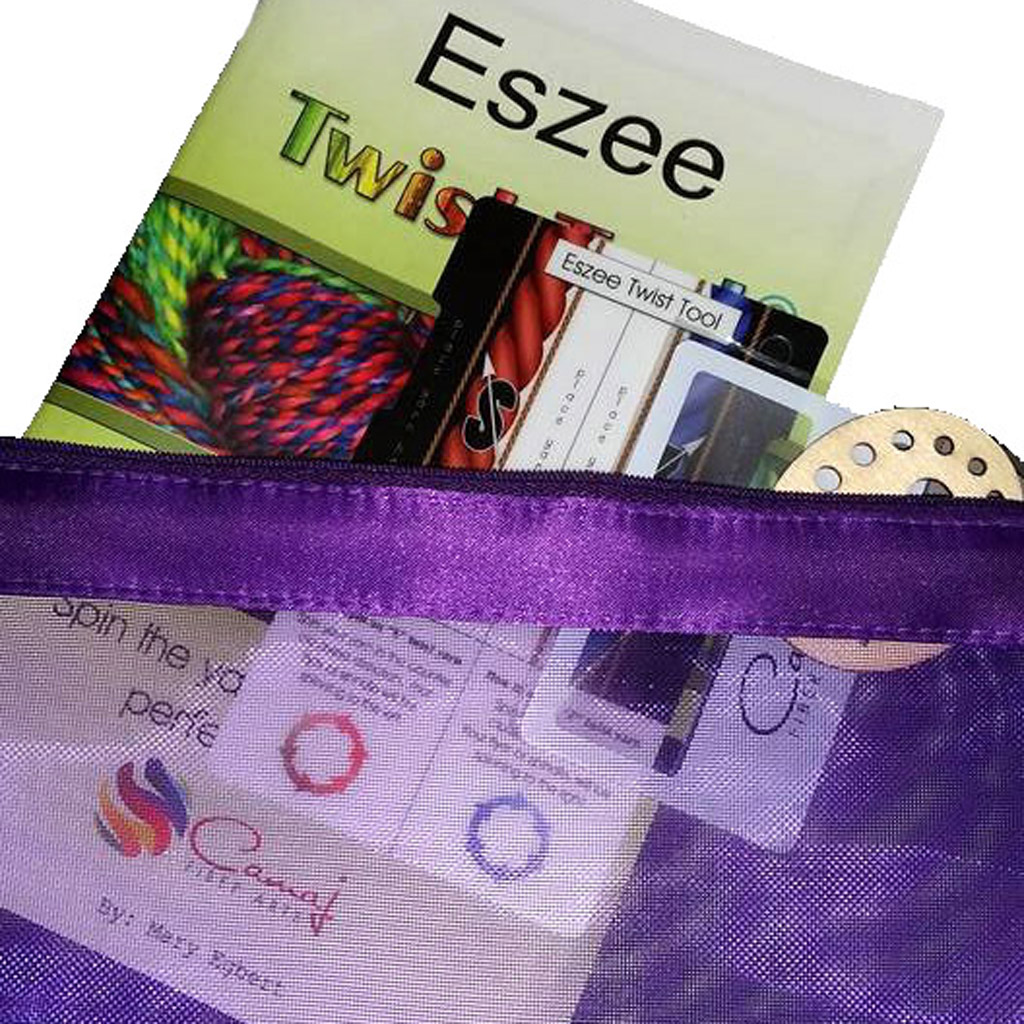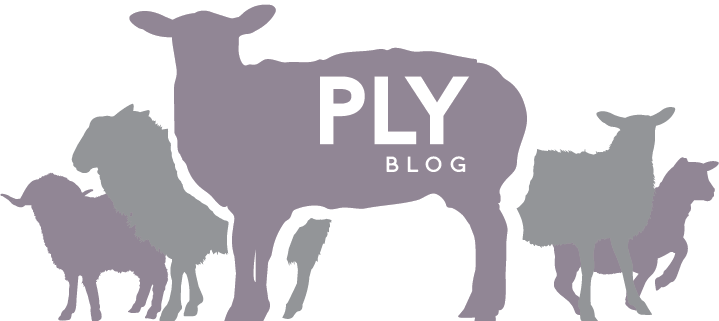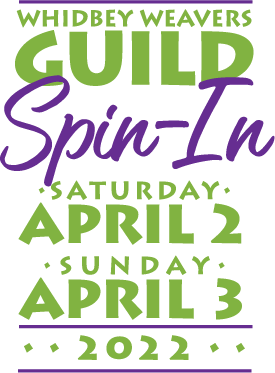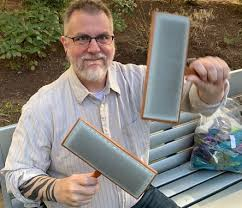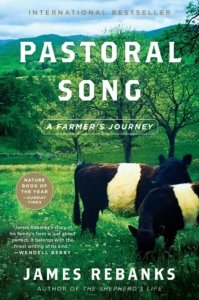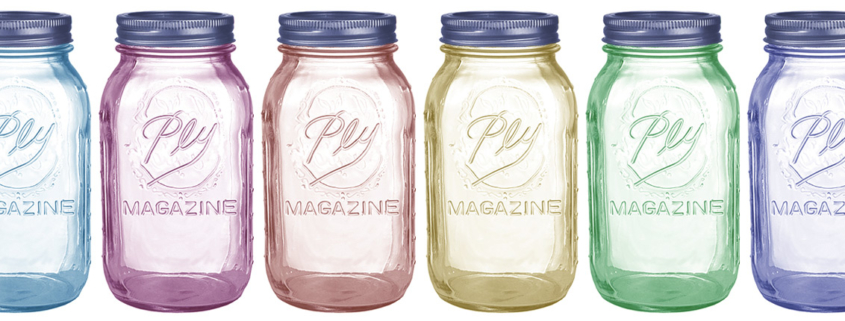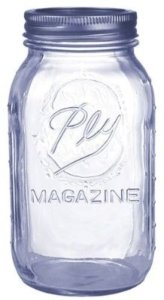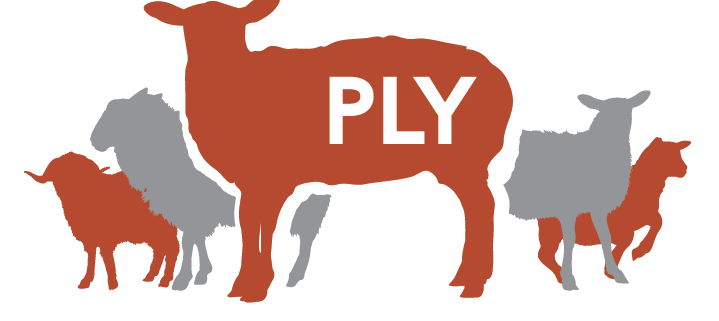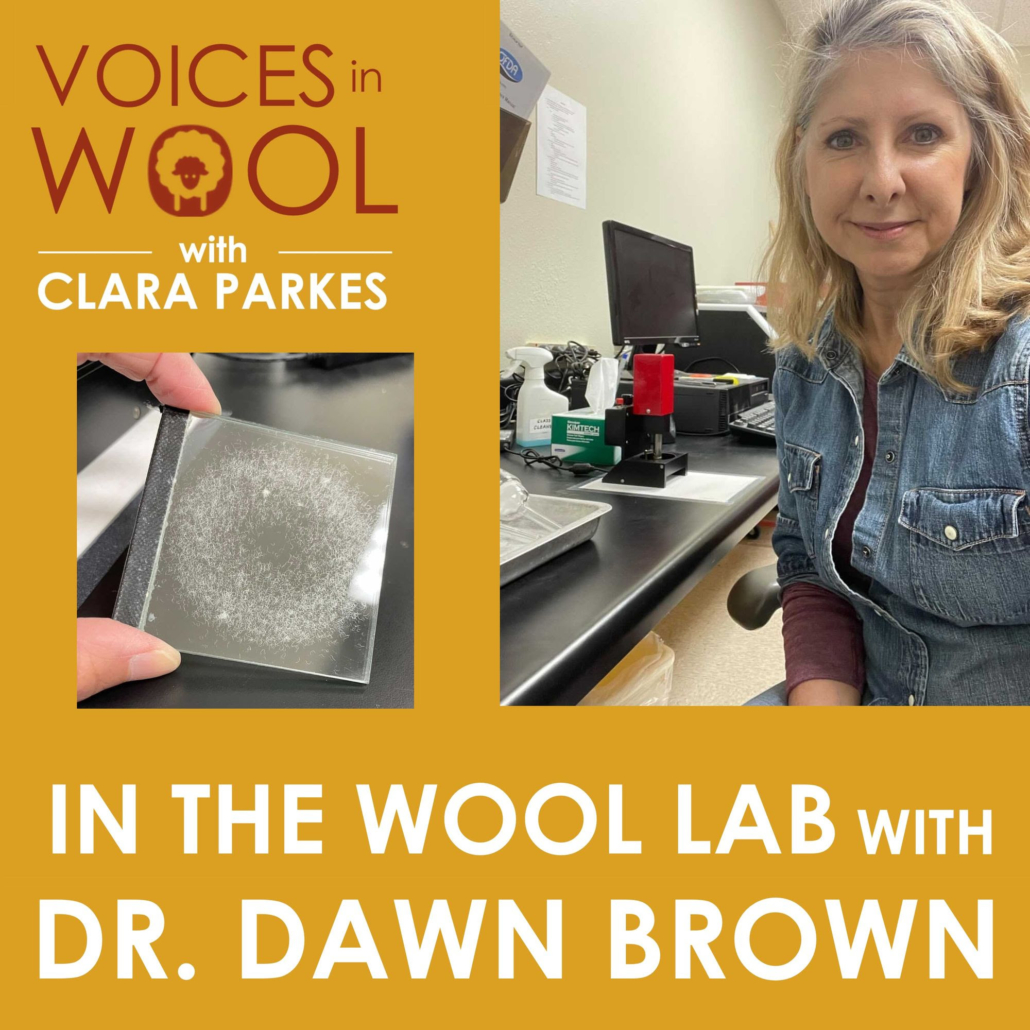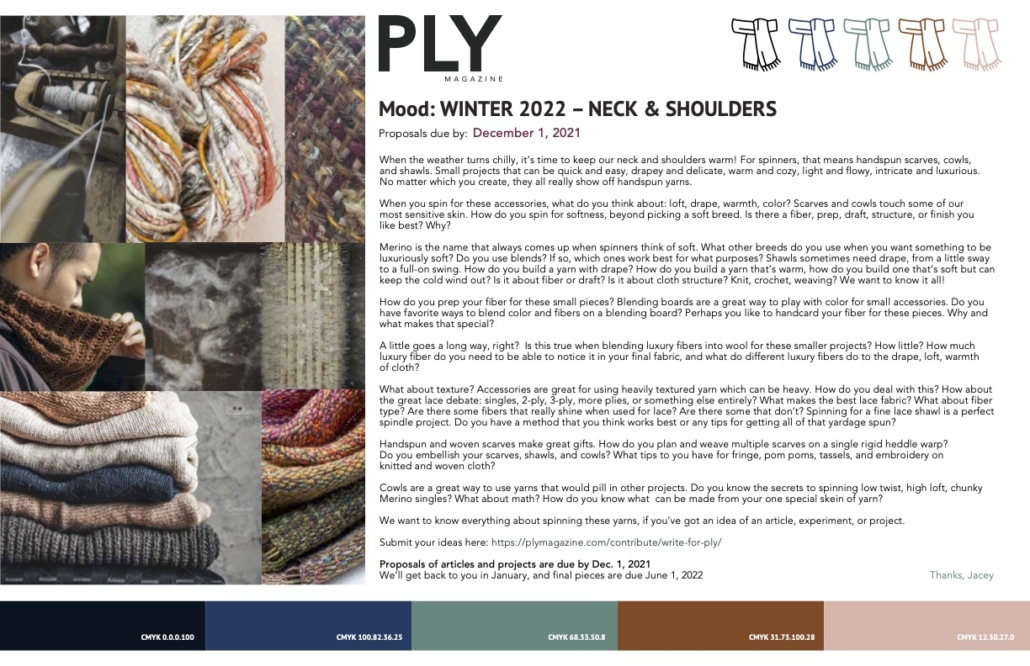Michelle Boyd
If you’re faithful to your daily practicing,
You will find your progress is encouraging
Do mi so mi do mi fa la, so it goes
Practicing your scales and your arpeggios.
-The Aristocats
When I was a student in Olds College’s Master Spinner Program, I struggled with making consistent singles, just like everyone else who has ever taken that course. I just couldn’t get a good rhythm going and keep my drafting even. Then one day, I had a conversation with my daughter’s piano teacher that gave me an idea.
She said practice makes perfect, but practice works best when it is focussed. She had assigned my daughter a set of specific exercises that seemed simple and repetitive but were intended to teach muscle memory to make her playing easier, almost unconscious. I realized I could do the same with my spinning, and I came up with some simple exercises to focus on my drafting. Just like piano practice, I did these little drills every day for 15 or 20 minutes and before long, I found that my singles were smooth and consistent. Because I was inspired by piano practice, I called it “doing my scales.” And since I’ve always loved the song from Disney’s Aristocats, I came to think of them as my scales and arpeggios.
These exercises are designed to focus your spinning practice on one area at a time to help you build muscle memory and gain consistency in spinning your singles. You may want to try practicing one of these exercises each day for 15 minutes, or you can sit down and run through all of the exercises once a week. These exercises are intended as basic guides to the drafting styles, and with practice and observation, you may find that small adjustments in the rhythm or procedures work better for you and your body mechanics. In time, you will find that you can spin smooth singles with ease.
When you practice spinning, make sure that you are seated in a comfortable chair that supports your back and shoulders. Sit back from the orifice of your spinning wheel, leaving at least 10 cm (4 inches) between your front hand and the orifice.
Exercise 1: Short Forward Draw
This exercise is intended to improve the coordination of your draft and your treadling to help you achieve a more consistent distribution of twist for each draft. With practice, you will learn to make a smoother single and reduce the number of slubs and thin spots.
Using a top or sliver preparation and the largest whorl on your flyer, attach your fibre to a leader. As you treadle downward, draft your fibre forward from the fibre source. As your foot comes back up, draw your drafting hand back to smooth the twist into the attenuated fibre. With the next treadle, use your drafting hand to simultaneously feed your spun singles forward and draft the next length of fibre forward. As your foot comes back up, smooth the twist in. Practice keeping your back hand stationary and only moving your front hand as you draft and smooth to ensure a regular drafting length.
Your rhythm will be foot down/draft forward, foot up/smooth back.
(Note: If you are spinning on a wheel with double treadles, choose one foot as your treadling foot to coordinate the draft with and count only that foot. You can adjust your rhythm to R foot down/draft forward, L foot down/smooth back, or vice versa if you are more comfortable starting with your left foot. This applies to Exercise 2 as well.)
Exercise 2: Short Backward Draw
This exercise it the companion to the Short Forward Draw above, using the same treadling and drafting rhythm, but drafting with your back hand and smoothing with your front hand.
Using a top of sliver preparation and the largest whorl on your flyer, attach your fibre to a leader. As you treadle downward, pinch the fibre at the leader with your front hand and draft a short distance back with your back hand, allowing the fibres between your two hands to thin and straighten. As your foot comes back up, smooth the twist back with your front hand until it meets your back hand. With your next treadle, repeat the process with your back hand moving as you treadle down, front hand moving as your foot comes up. After 3 or 4 drafts backward, you will find that your back hand is a distance from the orifice of your wheel and it is time to feed forward. Pinching the fibre source at the tip of your drafting zone with your back hand, allow the take-up of your wheel to pull the single forward onto the bobbin, smoothing the single with your front hand.
Your rhythm will be foot down/draft back, foot up/smooth back (3-4 times), treadle down/feed forward/treadle up.
Exercise 3: Supported Long Draw
This exercise is designed to make you more comfortable with a long draw drafting style. This is by no means the only way to achieve a long draw but will provide a foundation for the skills that are needed for all long draw drafting styles.
Using a roving or rolag preparation and the largest whorl on your wheel, attach your fibre to the leader. With your front hand, pinch the fibre at the leader. This hand will remain stationary and pinch and open to control the twist as it enters the fibre, so ensure it is in a comfortable position that does not strain your wrist, elbow, or shoulder. Treadle a few times to build up the twist ahead of your front hand. Continue to treadle steadily as you begin to draft – if you are a haphazard treadler, you might want to use a metronome app to help you find a steady rhythm, too.
Starting with your fibre held in your back hand close to your front hand, draw the fibre source back with your back hand to thin and straighten the fibres. Open the fingers of your front hand, allowing the twist to catch and twist the attenuated fibres. When you feel the pull of the twist opposing your draft, use the finger and thumb of your back hand to clamp down near the tip of your drafting triangle and allow the twist to come up to that point. Move your back hand forward to allow the single to be pulled onto the bobbin. Pinch the twisted single with your front hand again, leaving 2–3 inches (2.5–4 cm) of twisted single behind your front hand. Draft the fibre source backward again, and repeat.
Your rhythm will be pinch front, pull back, pinch back, feed forward.
When you feel confident with this drafting method, try removing the front hand (pinch front) from the process. Without that front hand pinching to control the twist as you draft, this becomes an unsupported long draw.
Though at first it seems as though it doesn’t show,
Like a tree, ability will bloom and grow
If you’re smart you’ll learn by heart what every artist knows
You must sing your scales
And your ar-pe-eee-ggios.
~The Aristocats
(Music and lyrics by Richard M. and Robert B. Sherman)
Did you know we also have a monthly PLY newsletter? Sign up here!
PLY Magazine believes that Black lives matter, as well as LBGTQI+ lives. Those most vulnerable and persecuted in our communities deserve our love and support. Please be good to each other.
